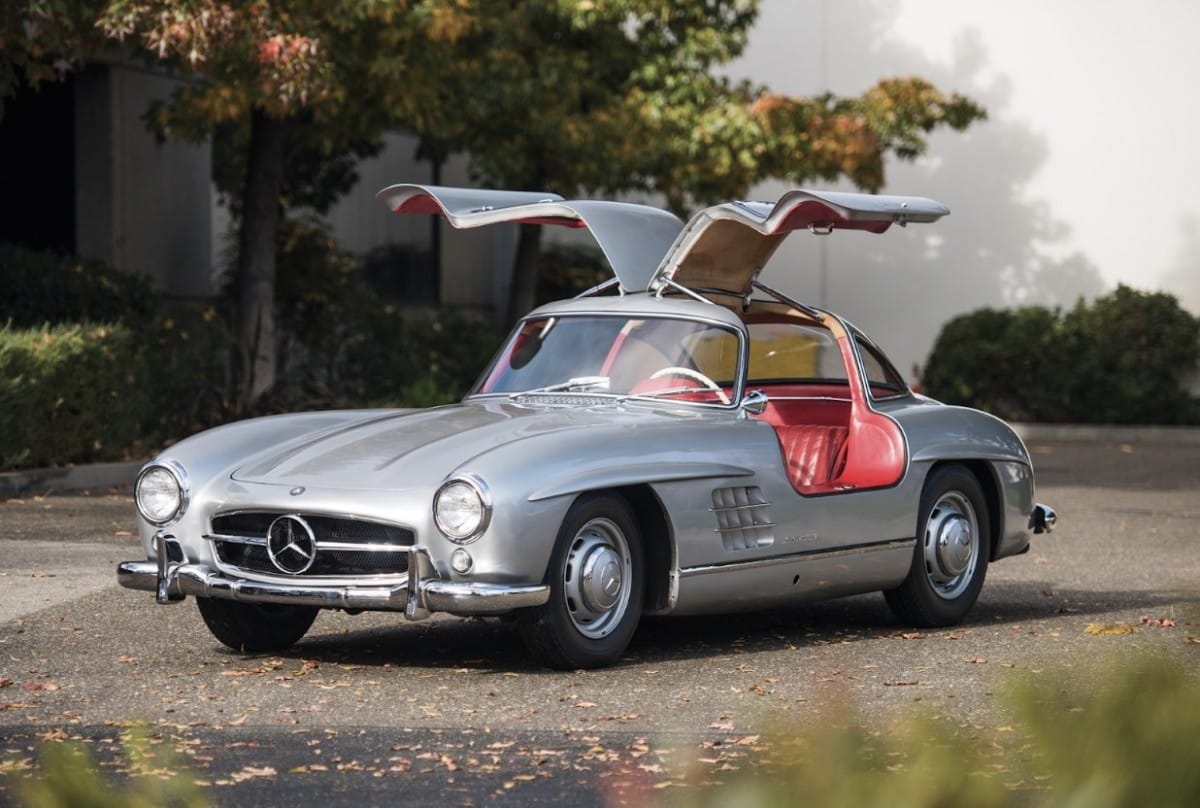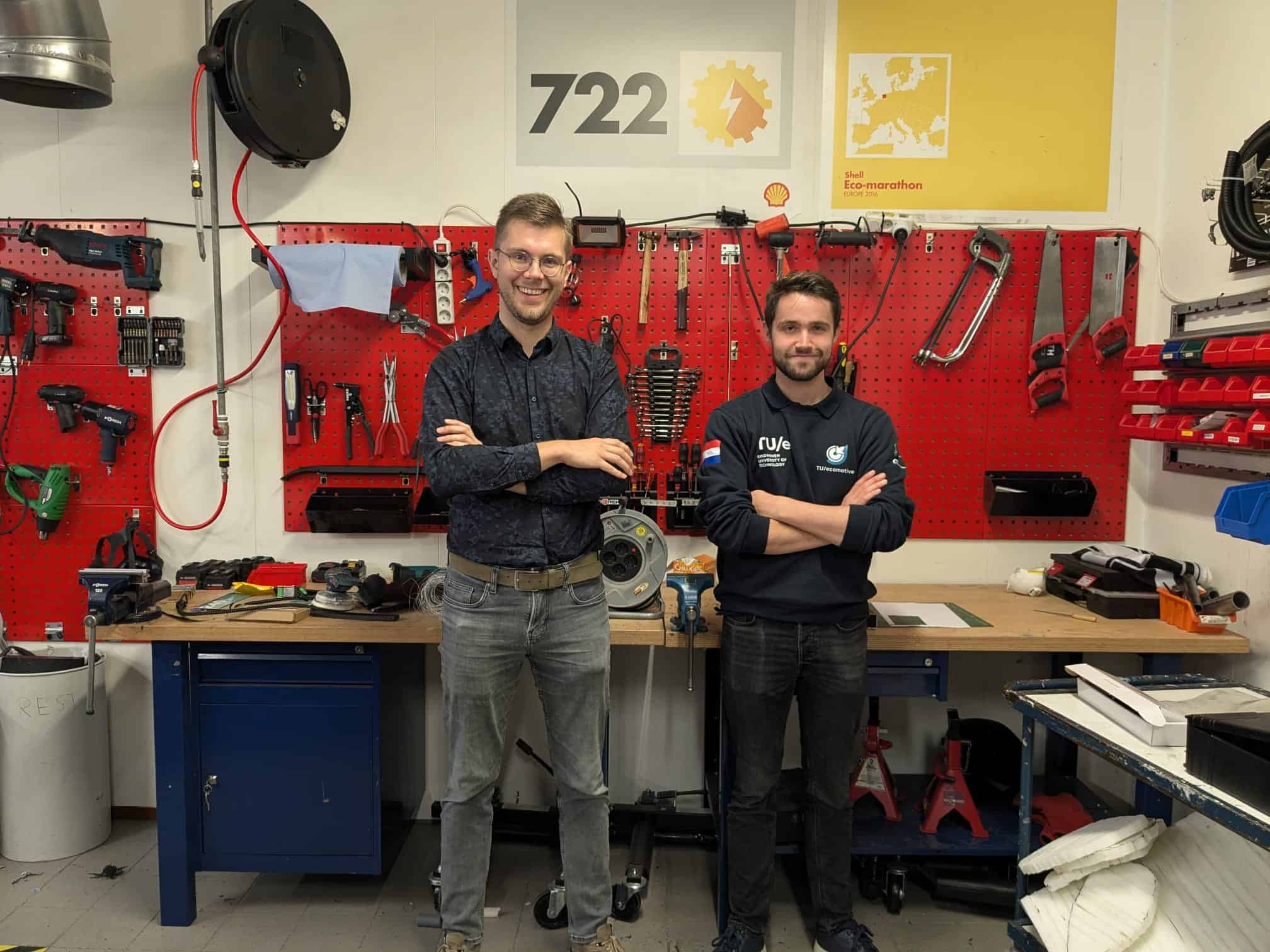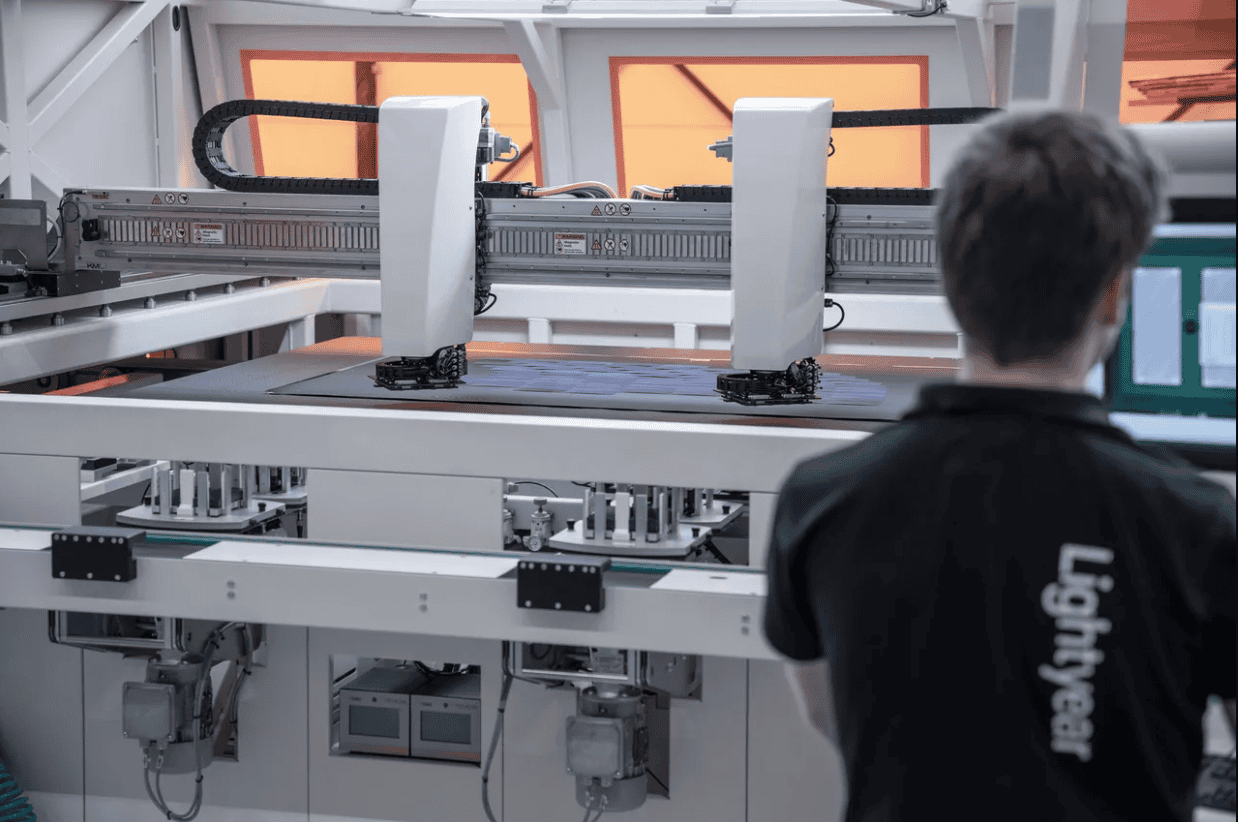
Last Friday we were invited to a special location for Lightyear, in Munich. Through the organization of a rally for a group of car collectors, we were asked to give an exclusive preview of Lightyear One at the end of the tour. The event took place inside a private collection which was located in the garage underneath the house of a German family. The beautiful house was specially built to safeguard both their art and their special classic car collection. We went there with mixed feelings. Lovers of classic cars, would they be sensitive to the story of Lightyear? Moreover, in Munich!
We were warmly welcomed by the family. It turned out that the father of the house was a former board member of a big German car manufacturer, someone with an enormous network in the automotive industry who is now a partner in a private equity fund. This resulted in interesting discussions. For example, he indicated that the private equity sector no longer invests in the automotive sector, which is too uncertain. This is despite the fact that a lot of costs have to be incurred in this transition. We are at a time when traditionally conservative players suddenly feel compelled to lead the transition or to cooperate in initiatives such as Drive Now (shared cars).
Volkswagen, for example, has always had a follower-strategy and is now making strong commitments for electric cars. But they don’t want to be alone, so they are now convincing the rest of the industry to make the same choice. I can imagine that it’s terrifying for them. So where Daimler used to talk about fuel cells I read today that Mercedes has already dismissed them as ‘diesel-alternative’ and they are now developing charging stations for no less than 3000 kW (!).
And we all know that this will have a huge impact on the electricity network. A network that will also be challenged to cope with the dynamic load of renewable energy. This too is an industry that suddenly has to accelerate in all kinds of different directions at the same time. At the Amsterdam ZuidAs, a lot of thought is being given to all the new mobility solutions, instead of the traditional lease cars. Pension funds, private equity and family offices are looking for sustainable projects to invest in, but these often turn out to be too small or too uncertain. In all the conversations we have, we feel the uncertainty on both sides. There is a will to change, sure, but it is sometimes a difficult battle from the perspective of the existing paradigms. We desperately need a change of mindset.
For example, we have been trying to make a Lightyear One reservation at a government organisation for almost a year now. It feels as if we are not only bringing an innovative product into the organisation, but also a piece of forced process innovation. It’s a huge endeavour, but it seems to work.
And where the government can force organisations to change, we at Lightyear notice that we are highly dependent on ‘the champions’: the individuals who take the risk of working around standard procedures, putting their network at risk or acting as alternative risk investors. We never meet a lack of enthusiasm but it is always a question of whether someone is really going to present himself as a champion.
I saw the man of the house as being at odds with himself. He looks left and right, sees his car collection and thinks “this is my hobby” and then says “but that is the future”. He feels that he can and must help us. More to himself than to me he says, “This needs to be successful, I need to help you. I need to make some introductions for you.” I stare at the Gullwing which is standing in full ornament with the doors up. The total value of both his cars and those of the rally drivers certainly exceeded €10 million. But would he buy the car himself? “I think my wife will like it.” It’s up to us to create a new champion.
In a weekly column, alternately written by Eveline van Zeeland, Jan Wouters, Katleen Gabriels, Maarten Steinbuch, Mary Fiers, Carlo van de Weijer, Lucien Engelen, Tessie Hartjes and Auke Hoekstra, Innovation Origins tries to find out what the future will look like. These columnists, occasionally supplemented with guest bloggers, are all working in their own way on solutions for the problems of our time. So tomorrow will be good. Here are all the previous episodes.
Want to know more about Lightyear One? Here’s much more.







